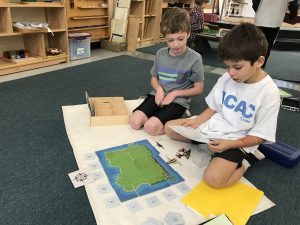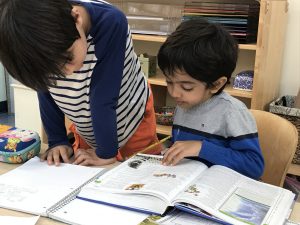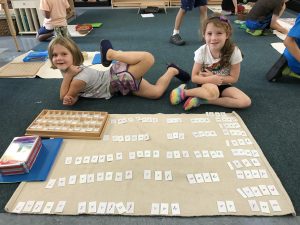Working with Others
By Catherine Swanson, Lower Elementary Teacher
 A student in my lower elementary class came up on the playground one day to ask, “Can you give me some advice on what I should say to my friend?”
A student in my lower elementary class came up on the playground one day to ask, “Can you give me some advice on what I should say to my friend?”
Inside, my heart soared, but on the outside, I kept my cool. This lively little boy had learned so much over the past two years. He loved to read and write, was adept with the Montessori math materials, and was fascinated by history and nature. But most of his (and his teachers’) energy had gone into navigating relationships with others in the classroom. Here he was as a third year, calmly and appropriately, asking for a little boost before he attempted to work out an issue with his friend on his own.
The Montessori classroom is a social environment. We  learn, play, laugh, face challenges, and celebrate successes together in our little community. By design, children are provided opportunities to work with others. They are given the freedom to choose their own work partners as well as where they would like to work in the classroom. Typically there are only one or two sets of a specific material available in a room. Students learn to be patient and wait their turn, while also recognizing that shared materials need to be returned to the shelves in a timely manner for the next child to use. Our multi-age classrooms allow students to experience what it is like to be the novice as well as the leader. The adult’s role in the classroom is first to
learn, play, laugh, face challenges, and celebrate successes together in our little community. By design, children are provided opportunities to work with others. They are given the freedom to choose their own work partners as well as where they would like to work in the classroom. Typically there are only one or two sets of a specific material available in a room. Students learn to be patient and wait their turn, while also recognizing that shared materials need to be returned to the shelves in a timely manner for the next child to use. Our multi-age classrooms allow students to experience what it is like to be the novice as well as the leader. The adult’s role in the classroom is first to observe, and then to gently coach and guide the children as they encounter conflicts.
observe, and then to gently coach and guide the children as they encounter conflicts.
As the class lined up at the end of recess, I casually asked the third year boy how the conversation with the friend had gone.
“Oh yeah, it’s fine.”
It’s more than fine to me.
